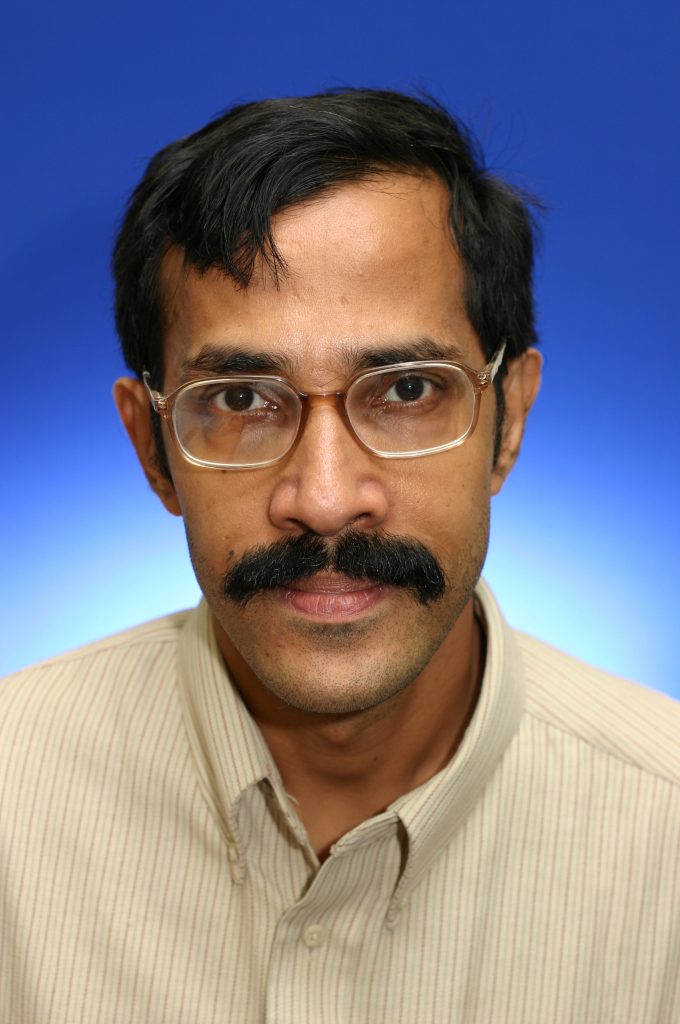
During the good old days, the personal grooming and medications were mostly done in a natural way using the ingredients from the kitchen or garden. But the situation has changed significantly and today, most of the people opt for on chemical-laden products such as perfumes, toothpaste, soaps, creams, eyeliners etc. for grooming and allopathic medicines to treat themselves. Unfortunately, these chemicals though serve an individual’s need are hazardous to the environment.
The chemical released from personal products and medicines is a major waste management challenge due to two issues. Firstly, the chemicals are difficult to decompose and also affect the decomposition rate of the other organic waste in the septic tanks. Secondly, the untreated waste containing these chemicals damages the flora and fauna of the aquatic bodies and fields where it is thrown. Studies have shown that 10-90% of pharmaceuticals and personal care products are excreted in the parent form and rest in the conjugated form. The pharmaceuticals, particularly antibiotics, are a major issue as their presence in the water bodies can give rise to the bigger health issue of antibiotic resistance
In response to these environmental challenges posed by chemical-laden personal care products and medicines, there’s a growing need for rigorous chemical analysis to monitor and mitigate their impact. Materials Analytical Services play a crucial role in this arena, offering specialized expertise in identifying and quantifying these harmful substances. Their advanced techniques in chemical analysis enable precise detection of trace elements and compounds, ensuring comprehensive understanding of environmental contamination risks.
Moreover, Materials Analytical Services contribute significantly to research and development efforts aimed at eco-friendly alternatives and treatment methods. By scrutinizing the composition of personal care products and pharmaceuticals through thorough chemical analysis, they facilitate the formulation of safer, more sustainable solutions. This proactive approach not only addresses current waste management challenges but also supports initiatives to safeguard aquatic ecosystems and agricultural lands from the detrimental effects of untreated chemical waste.
“With the increasing population, the usage of onsite sanitation systems like septic tanks has been increasing every year, leading to the disposal of an enormous quantity of septage into the environment without proper treatment. Untreated septage disposal creates environmental degradation which includes contamination of precious surface and groundwater sources, serious health threats and potential greenhouse gas emissions,” explains Prof. Ligy Philip, Professor at the Department of Civil Engineering, IIT Madras.
To understand this problem in greater detail, Prof. Ligy Phillip and her team carried out a study to understand the fate and impact of pharmaceuticals and personal care products on the compost dynamics. Prof. Philip’s lab has been working in the area of waste management for quite some time and has also developed a treatment strategy based on “In-vessel co-composting” for septage management in septic tanks.
For this study, the team decided to determine the degradation pattern of Triclosan and carbamazepine. While triclosan is a commonly used antimicrobial compound in toothpaste, detergents, soap etc., the carbamazepine is a widely used antiepileptic drug. They conducted experiments in an in-vessel composter where the dewatered septage collected from a sewer plant and mixed organic waste collected from the hotel mess of IIT Madras was used apart from the pollutants i.e. triclosan and carbamazepine. The scientists tested three concentrations of the pollutants 5, 50 and 100 mg per kg of dry weight either alone (Triclosan / carbamazepine) or together (Triclosan + carbamazepine). The scientists tested various parameters of compost every day to understand the change in compost dynamics due to these pollutants.
The team found that at a lower concentration of 5mg per kg of dry weight, carbamazepine degraded up to 83% and triclosan up to 86%. However, when both the pollutants were used carbamazepine degraded up to 66% and triclosan up to 83%. Carbamazepine was found to have a more negative impact on compost dynamics as compared to triclosan and it was also observed that the higher concentration of these pollutants results in lower temperature which further leads to lower pollutant removal in the compost.
“Our study reveals that more than 80% of triclosan and carbamazepine removal occurred during both single and multiple pollutant degradation at an environmental concentration of 5 mg per kg of dry weight. The back ground concentration of triclosan and carbamazepine in the present study were 0.59±25 mg per kg of dry weight and 0.290±41 mg per kg of dry weight, respectively. Even though pharmaceuticals and personal care products are less susceptible to biodegradation, the addition of mixed organic waste and coir pith (bulking agent) during septage composting provided an appropriate conducive environment for significant carbamazepine removal. Therefore, in-vessel cocomposting of septage can be considered as a resource recovery option for septage treatment,” adds Prof. Philip.
The scientists have already set up composting facilities in various villages based on their studies through which stabilized compost that meets international quality standards can be obtained within 20 days. The team is also in discussion with the government for setting up more such facilities for septage management. While the initial objective of the study was to understand how pharmaceuticals and personal care products affect the composting process, the results obtained in the study have opened up the avenue of use of co-composting as a method to treat toxic pharmaceutical waste water sludge.


Prof. Sridharan K 
Bhaskar Vundurthy
The results of this study have been published in the prestigious journal Waste Management. Prof. Philip’s team included Anu Rachel Thomas from IIT Madras and Prof. Martin Kranert from the Germany based Institute for Sanitary Engineering, Water Quality and Solid Waste Management.
Article by Aditi Jain
Here is the link to the research article:
https://www.sciencedirect.com/science/article/pii/S0956053X20302221










